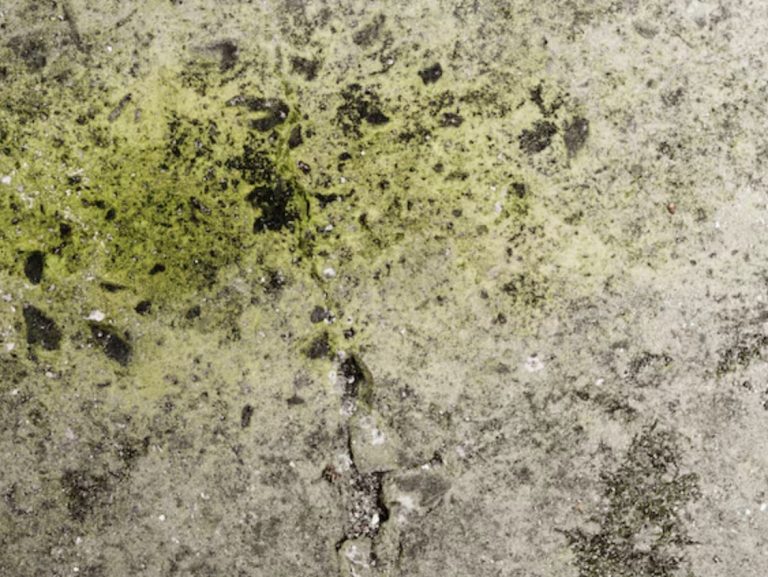Floods can cause devastating damage to homes and properties. But what often gets overlooked is the aftermath—the increased risk of mold growth. Mold thrives in damp, humid environments, making flood-affected areas the perfect breeding ground. If left unchecked, mold can cause serious health issues and further structural damage.
In this article, we’ll explore five essential tips to prevent mold growth after a flood. From acting quickly to proper cleaning techniques, we’ll cover the steps you need to take to protect your home and safeguard your family’s well-being.
KEY TAKEAWAYS
- Act quickly to remove standing water within 24-48 hours after a flood to prevent mold growth.
- Increase air circulation using fans, dehumidifiers, and open windows to dry out the affected areas.
- Remove and discard porous materials like carpets, drywall, and insulation that have been saturated.
- Clean and disinfect all surfaces thoroughly, then consider professional mold restoration services for severe cases.
Story Stages
Tip 1: Act Quickly to Remove Standing Water
Time is of the essence when it comes to preventing mold growth. The longer standing water is left to linger, the higher the risk of mold spores taking hold and spreading rapidly.
Start by removing as much water as possible using pumps, wet vacuums, or any available means. Don’t wait for professional help if it’s not immediately available. Every minute counts in those crucial first 24-48 hours after a flood. Once the bulk of the water is removed, use fans and dehumidifiers to dry out the area thoroughly.
Remember, mold can start growing within just a day or two in the right conditions. By acting swiftly and eliminating moisture, you’ll significantly reduce the chances of mold taking root.
Tip 2: Increase Air Circulation and Ventilation
Proper air circulation is key to drying out flooded areas and preventing mold growth. Open up windows and doors to allow fresh air to flow through the space. If possible, position fans strategically to create a cross-breeze and keep the air moving.
Dehumidifiers are also invaluable tools in this process. They work by removing excess moisture from the air, creating an environment that’s less hospitable for mold spores to thrive. Place dehumidifiers in the most affected areas and keep them running until the humidity levels are back to normal.
Don’t underestimate the power of good airflow. It can make all the difference in drying out your home and reducing the risk of mold growth.
Tip 3: Remove and Discard Porous Materials
Some materials are simply too porous to be effectively cleaned and dried after a flood. Carpets, drywall, insulation, and other absorbent materials should be removed and discarded if they’ve been saturated.
These materials act like sponges, soaking up water and providing the perfect breeding ground for mold spores. Even if they appear dry on the surface, they can harbor moisture and mold growth within. It’s better to be safe than sorry—remove and replace these items to eliminate the risk.
When removing porous materials, take precautions. Wear protective gear like masks, gloves, and goggles to avoid inhaling or coming into contact with potential mold spores. Seal off the affected area as much as possible and follow proper disposal guidelines for these contaminated materials.
Tip 4: Clean and Disinfect Surfaces
Once you’ve removed standing water and porous materials, it’s time to thoroughly clean and disinfect all affected surfaces. Mold spores can cling to walls, floors, and other hard surfaces, so it’s crucial to eliminate them before they have a chance to take root and spread.
For cleaning, use a mixture of hot water and detergent or a specialized mold removal solution. Scrub surfaces vigorously to dislodge any mold spores or growth. Then, follow up with a disinfectant like bleach or an antimicrobial solution to kill any remaining spores.
Be sure to wear protective gear during the cleaning process, and ensure proper ventilation. Allow surfaces to dry completely before moving on to the next step.
Tip 5: Consider Professional Mold Remediation Services
In some cases, the extent of the flood damage or mold growth may be too severe for DIY efforts alone. If you notice extensive mold growth, a persistent musty odor, or have concerns about the safety of your home, it’s best to call in professional mold remediation services.
These experts have the knowledge, equipment, and experience to handle even the toughest mold situations, including comprehensive services on mold restoration if needed. In this particular scenario, they’ll assess the extent of the problem, develop a comprehensive remediation plan, and use specialized techniques to eliminate mold growth and prevent its return.
While professional services can be associated with some cost, they’re often worth the investment, especially when it comes to protecting your family’s health and the long-term integrity of your home.
Concluding Thoughts
Dealing with the aftermath of a flood can be overwhelming, but taking proactive steps to prevent mold growth is crucial. By acting quickly, increasing air circulation, removing porous materials, thoroughly cleaning and disinfecting, and knowing when to seek professional help, you can minimize the risk of mold growth and keep your home safe and healthy.
Remember, mold thrives in damp environments, so time is of the essence. Follow these five tips, and you’ll be well on your way to a mold-free recovery after flood damage.
